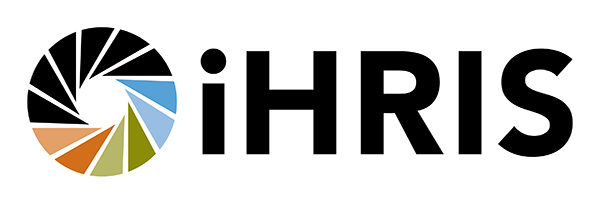The end-of-project year: Ramping up while winding down
There is something slightly schizophrenic about working on the last year of a five-year global project. For the past four years, we have focused on developing our software, refining our processes and strategies, and attracting new customers. Our project has been very successful and is gaining momentum. We only just released the third piece in our software suite, iHRIS Plan, last August. Suddenly, we have to shift gears, tidy the place up and leave something of value behind.
At the same time, we don’t want to stop the momentum. In the interests of sustainability, we want to attract users and developers who would want to continue the project even if we were no longer working on it. That’s one reason why we made it Open Source. Yet, it is highly possible that we will continue the project ourselves.
That leaves me with the task of revising our website content both to leave a legacy while preparing for the next phase of our project, whatever that may be.
I am assembling a body of knowledge for our website based on the last five years of our work, which will be useful both if the project stops altogether — what we have learned, case studies, that sort of thing — and as a knowledge base if we continue on. As far as I know, there is no collected body of knowledge on strengthening information systems in developing countries, although there seems to be a lot of (scattered) work going on this area. This has entailed sifting through our internal archives to ferret out all the useful work we have done so far. Unfortunately, most of that work is in PowerPoint format. I see it as my job to turn it into a more accessible format and make it available to the larger public audience.
The first item to appear on the website will probably be our HRIS Strengthening Implementation Toolkit, a collection of tools, guidance and case studies to help anyone implement the HRIS strengthening process we have developed. Look for it in March 2009.
